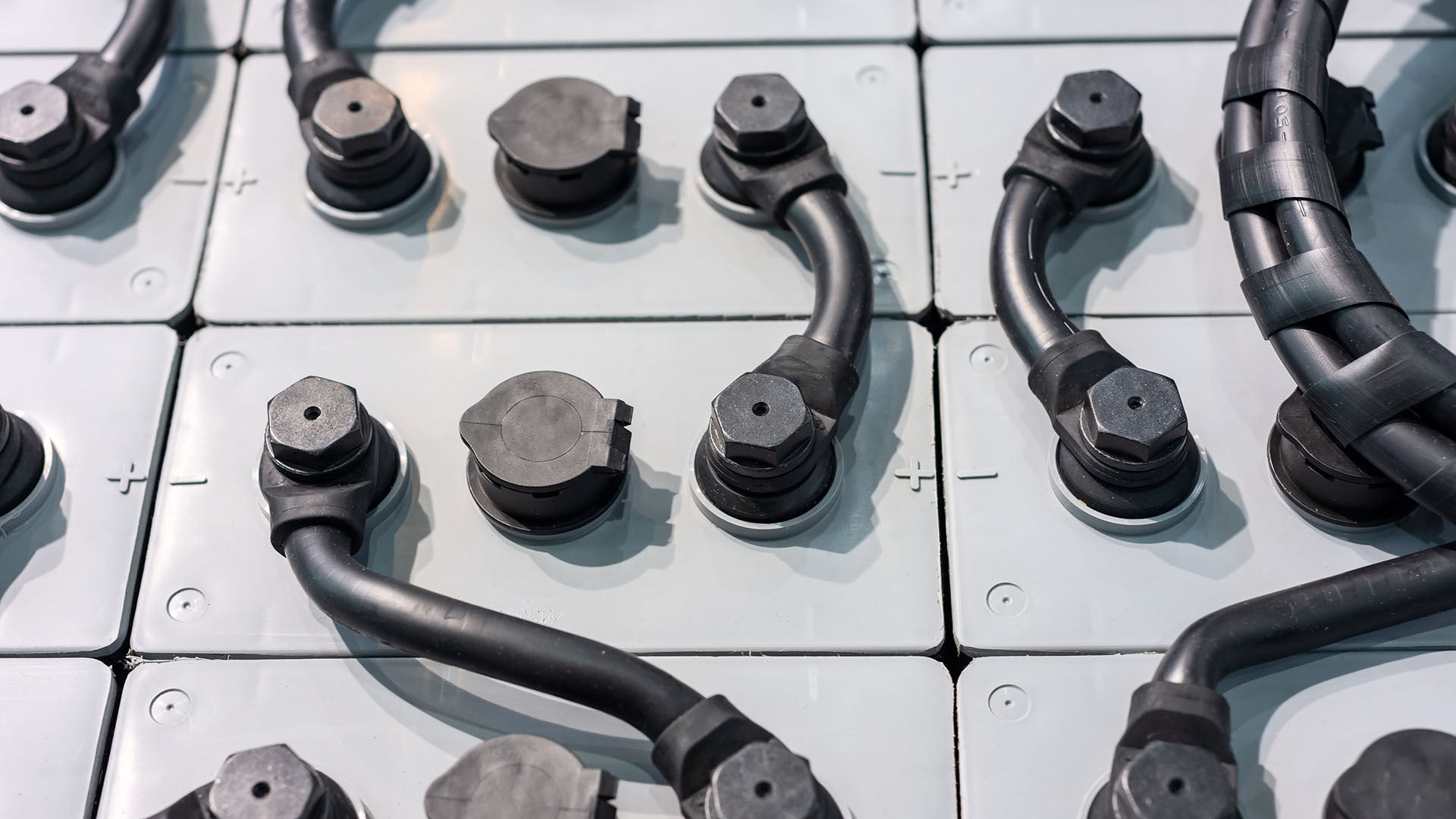
Publication
Navigating international trade and tariffs
Recent tariffs and other trade measures have transformed the international trade landscape, impacting almost every sector, region and business worldwide.


Australia | Publication | October 2022
The Australian Energy Market Commission has announced initiatives that will remove the need for batteries to soften their square edges to fit within the round hole of regulation in the national electricity market (NEM). Changes set to come into play over the next 18 months, will improve the participation of batteries and ensure that they are better rewarded for their contributions.
The changes allow batteries, aggregate and hybrid generation arrangements to play a more central role in the decarbonisation of Australia’s energy system by providing a clearer pathway for them to complement intermittent renewable generation in the system. The changes aim to:
A brief summary of these developments is as follows:
(a) introducing a new ‘Integrated Resource Provider’ (IRP) registration category, which will allow storage and hybrids to register and participate in a single category;
(b) clarifying the scheduling obligations that apply to different configurations of hybrid systems and giving operators the flexibility to choose to be scheduled or semi-scheduled;
(c) enabling new aggregators of small generating units and/or storage units to register in the new IRP category and then enabling aggregators registered as IRPs to provide market ancillary services from generation to load (existing small generation aggregators will also be transferred to this new IRP category); and
(d) allowing for the recovery of non-energy costs based on a participant’s consumed and sent out energy over relevant intervals, regardless of the category in which it is registered.
The majority of these changes will come into effect on 3 June 2024, though some changes, including the ability of aggregators of small generating units and storage units to provide ancillary services, will be effective from 31 March 2023.
2. A final rule that creates new markets for Fast Frequency response by introducing two new market ancillary service categories for:
(a) the very fast raise service; and
(b) the very fast lower service.
The commencement of these new markets is set for 9 October 2023.
We are working with clients to navigate and exploit these new rules. Please contact us should you wish to know more.

Publication
Recent tariffs and other trade measures have transformed the international trade landscape, impacting almost every sector, region and business worldwide.

Publication
As ESG concerns have come to the forefront in different jurisdictions, the scope of these inquiries is expanding in kind.

Publication
In compliance with the constitutional reforms published in the Federal Official Gazette, new secondary legislation regulating the energy sector, specifically in terms of power and hydrocarbons, was published on March 18, 2025.
Subscribe and stay up to date with the latest legal news, information and events . . .
© Norton Rose Fulbright LLP 2025